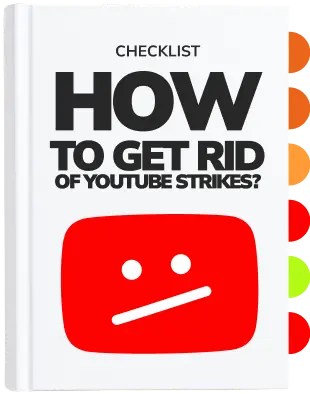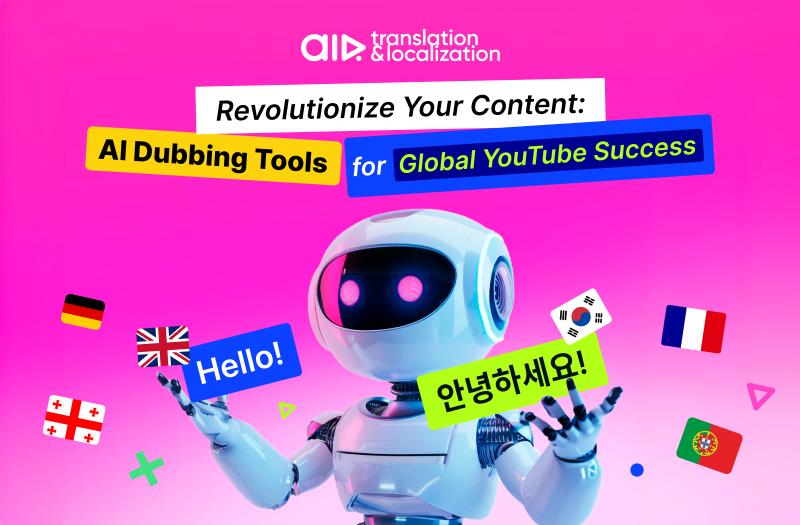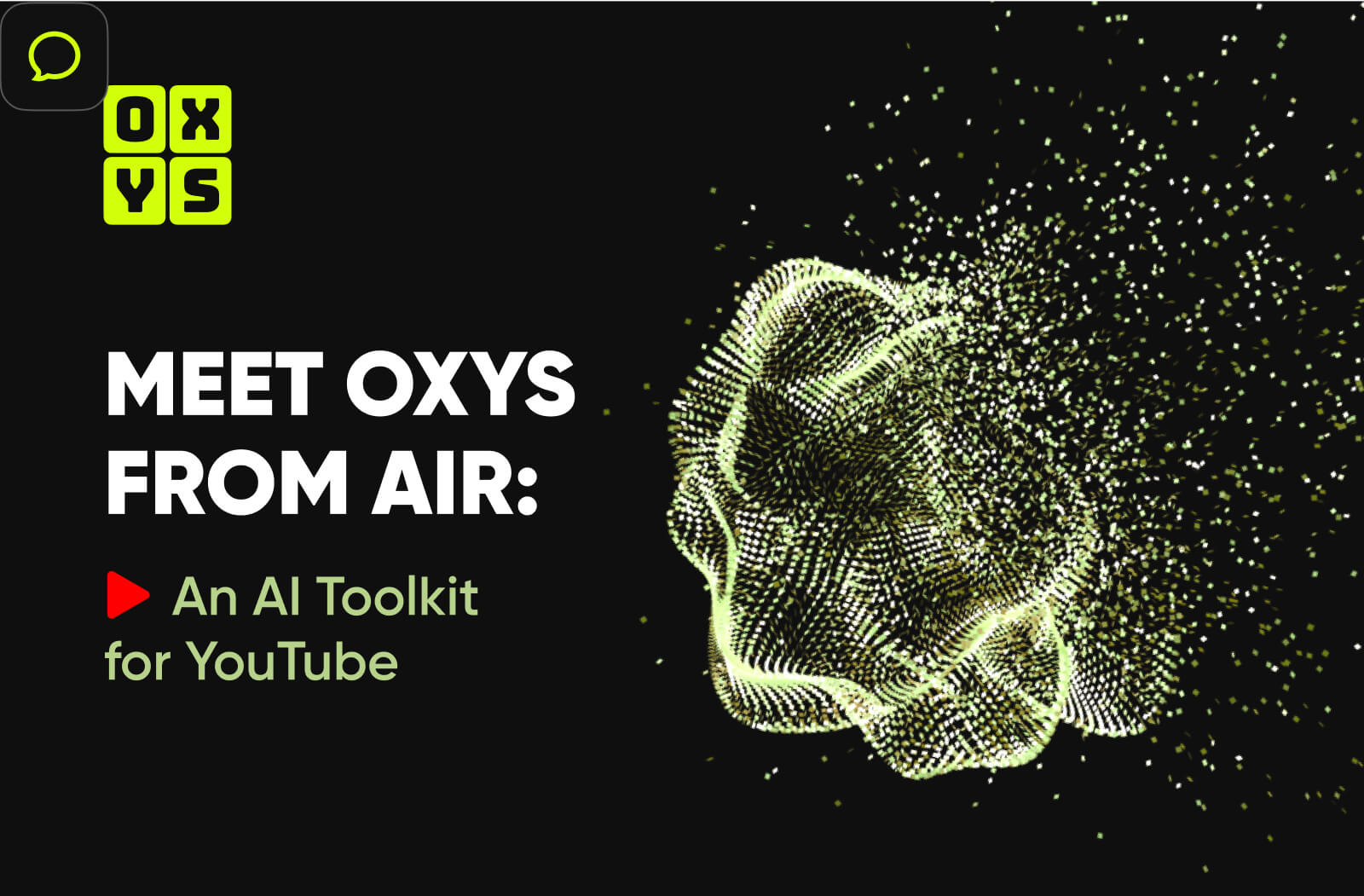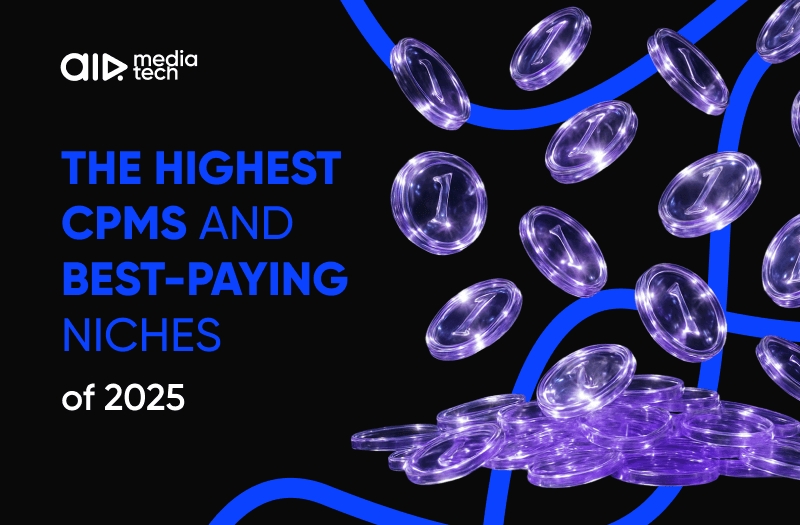
Automated channels are raking in cash on YouTube even though using content from others is a big no-no here. Let's unpack how they do it.
Recently, we compiled a list of 42 ideas you can use to start your own automated YouTube channel. Most of the examples in that article are channels that are rocking it with hundreds of thousands of subscribers, making money from YouTube. At the same time, some of them are using content that was not created by them. So, where is the catch?
Setting up an automated channel, whether it's using AI or hiring freelancers to crank out videos, usually means pulling ideas from existing content or reusing them. So, the big question is: How do faceless YouTube channels pull in thousands of dollars using content they didn’t create? Today, we're going to explore how to stay on the right side of copyright even if your channel doesn’t show a human face.
To demystify some common misconceptions about using AI on your channel, you can check out our articles on the impact of AI on YouTube and the latest updates about AI content labeling by YouTube.
Inside YouTube's Copyright Handling
Let's cut to the chase about how YouTube's copyright system works. YouTube’s Content ID is the big player here. It scans new uploads against a database of registered content to catch any potential copyright breaches. If it flags your video, you're looking at possible monetization issues, where ad revenue could be redirected to the claimant, or worse, your video could be blocked outright. Read more about Content ID here.
When a channel violates copyright policies, it may receive a copyright claim or a copyright strike. There's a significant difference between the two. Claims usually involve a third party, like Content ID, flagging parts of your content for copyright, which can affect your monetization and you can dispute that. Strikes, on the other hand, are more severe. They occur when the copyright owner notifies YouTube that someone else has “stolen” their content, resulting in video takedowns and potentially threatening your channel's existence if you accumulate three.
Disclaimer
This article provides a rundown on how copyright works on YouTube. If you're looking for advice on a specific situation, feel free to reach out to our experts.
Responding to Copyright Claims and Strikes
If you're hit with a claim, first verify its legitimacy. You can dispute an incorrect claim directly in your YouTube dashboard using evidence like licenses or proof of fair use. Strikes require a more formal response, and if you're confident in your rights to the content, a counter-notification might be necessary. Check out this article to learn how it’s done.
Proactive Measures
Beyond reacting to claims and strikes, proactively protecting your channel is key. Understand copyright laws, and keep detailed records of licenses and permissions. Regularly auditing your content's compliance can save you a lot of headaches and you don't have to do it alone. AIR Media-Tech is here to assist. We specialize in helping creators prevent copyright issues and assisting in resolving them if they arise.
How to Not Get Copyrighted with an Automated YouTube Channel
Even seasoned creators hit some bumps in the road when it comes to copyright on automated channels. So, we’ve rounded up some tips to help you navigate the copyright landscape and keep your channel running smoothly.
1. Consider Fair Use
When it comes to making money on YouTube with bits of someone else's content, it often comes down to what's called fair use. According to U.S. copyright law, there are times when you can use small pieces of someone else's work for stuff like reviews, news, teaching, or research without needing to get permission or pay the original creator. So, If you must use content you didn't create, keep it short.
Fair use is a complex defense that depends on factors like the purpose of use, the nature of the copyrighted work, the amount used, and the effect on the market value of the original work. While it can protect educational or transformative uses, it’s a risky bet for commercial channels, so rely on it carefully.
2. Avoid High-Risk Content
Some types of content are more likely to trigger copyright claims than others. Top of the list? Movies, TV shows, sports broadcasts, and popular music tracks. Avoid using these unless you have explicit permission or licenses, as companies vigorously protect these assets.
3. Tap Into Copyright-Free Content
This is your safest bet. Use content that is labeled for reuse or pay for licenses from reputable sources. When it comes to music, websites like Epidemic Sound or even YouTube’s own Audio Library offer tons of tracks that you can legally use by following their guidelines.
Stock footage and images can be a good choice as well. Sites like Pixabay, Unsplash, and Pexels offer high-quality, royalty-free visuals that you can use without worrying about copyright claims. Just make sure you adhere to any terms of service they have.
4. Use AI Tools for Creating Content
Jumping into AI tools could really spice up your automated channel. By using AI to generate videos, craft images, or voiceovers you can churn out a ton of original content. Tools like Synthesia for videos, DALL-E or Midjourney for images, Vidby or Descript for voices are pretty good for creating fresh, unique content that sidesteps copyright issues. But be prepared to put some effort into educating and training AI tools before it returns the content you ask them to create in a way you want it. Start with checking our list of 12 AI tools tailored for creators.
5. Leverage Creative Commons
Some creators allow their work to be used by others through a Creative Commons license. These can be gold for automated channels but read the license carefully. Some require you to give credit, others prohibit commercial use, and so on.
6. Go for Regular Content Audits
Keep tabs on what’s being posted on your channel. If you find anything that could potentially infringe on someone else’s copyright, take it down before it becomes an issue. Our Daily Channel Moderation service can handle this for you by automatically analyzing your content to help avoid any troubles, including copyright issues. Apply for content moderation here to catch potential issues before they result in claims.
There you have it — managing a YouTube channel is all about staying on the right track, but sometimes you hit a few potholes along the way. And hey, if you ever find yourself caught in a copyright pickle, don’t worry. That’s where AIR Media-Tech comes in. Think of us as your trusty co-pilot in the world of content creation. Whether you need help navigating through potential copyright hurdles or dealing with them head-on when they pop up, our team is here to assist .





